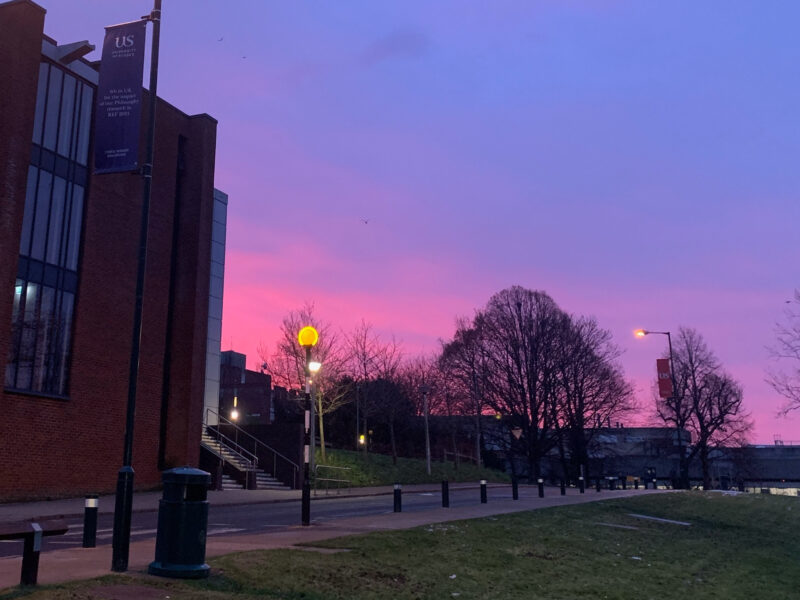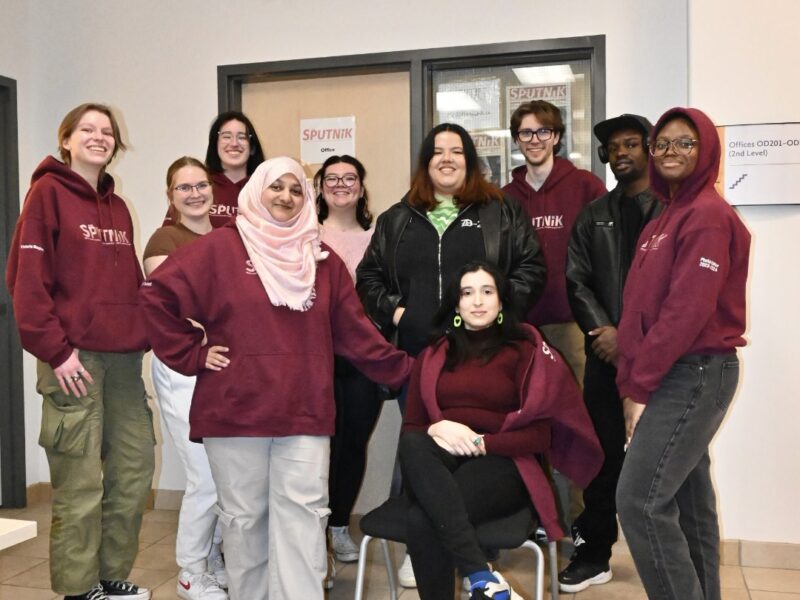A picture spread around the world. Some had seen it before, but the press hardly ran it. It depicts a young German boy with a grim look on his face, and a bird-bearing swastika on his lapel. Later, the name of this man was mentioned and uproar rose. The boy was Joseph Aloisius Ratzinger. On his fourteenth birthday, in 1941, he was forced to enter the Hitler Youth by conscription. As a member of a paramilitary group under the Nazi Party, Ratzinger was trained in the Anti-Aircraft Corps as an Air Force child soldier (Luftwaffenhelfer). When it came time to fight, he fled back to his family home in Traunstein.
As of April 19, 2005, the fourteen-year-old Joseph was a well-worn 78 year old man. He had entered a new nation-state, to be sworn into a new job. During this, he received a new name for which he became known globally. That April morning Joseph Ratzinger, of the former Hitler Youth, became known as Pope Benedict XVI of the Roman Catholic Church.
Pope Benedict XVI tried to stress the importance to youth that consumerism was not the way of the future. He also tried to form friendships (although some were strained at times) with other world religions such as Judaism, Islam and Tibetan Buddhism (even having the Dalai Lama visit Vatican City in 2006). While visiting the United States of America on his first visit as Pope, he celebrated his 81st birthday at the White House with President George W. Bush, and the First Lady Laura Bush. Not stopping to relax for long, he then visited civilians who had been sexually abused by those in the Catholic Church. He spent some time visiting with families around the area who had children with disabilities. Pope Benedict XVI had a personal connection as his cousin with Down syndrome, was murdered in 1941 as part of the Action T4 campaign of the Nazi Eugenics program.
Pope Benedict XVI brought back the papal attire of bright red shoes, which several thought he had made by Prada, but the shoes were actually made by a private shoemaker. Although, what might come to be the most memorable moment of the 265th Pope’s papacy is not during his eight years as Pope, but the day he resigned. Due to his, “advanced age,” and, “lack of strength of mind and body,” he announced his retirement on February 11 at the age of 87.
To those who may not have a fair knowledge of the Roman Catholic Church, this may seem overly important. After all, the elderly retire all the time. Yet, to put it simply, the protocol has always been that once elected, you hold the position of Pope until you die. The last Pope who retired was Pope Gregory XII, and he did so July 4, 1415. So, Pope Benedict is the first in 598 years. I hope this adds a bit more context to the importance.
Back before he was Pope, when he was only a Cardinal, he spoke of his plans for retirement. He mentioned then that since he was close to the needed Cardinal retirement age of 75, he already had some plans in mind. He stated numerous times to those who asked that he wanted to “retire to his house in the Bavarian village of Pentling near Regensburg, and dedicate himself to writing books.” Maybe that’s his plan now. But some want to know what this means for the church. In particular, if future Popes will retire instead of working until they die, and in regards to who will become the next Pope.
Conclave (the election ceremony where the College of Cardinals choose the next Pope) is slated to start on March 19. As always, there are some Cardinals who are believed to be more likely than others to be elected into the role of Pope, and I find a select few of them especially interesting. These three are Cardinal Peter Kodwo Appiah Turkson, age 64, of Ghana, Cardinal Francis Arinze, age 80, of Nigeria and Cardinal Marc Ouellet, aged 68, from Canada. TIME Magazine’s February issue published a cover story titled “The Once and Future Pope.” This issue depicts a map of the current global distribution of Catholics. In the past five years, the continent of Africa has had the largest growth rate of Christianity– 21 percent. This growth rate is what leads several to think that Turkson and Arinze have a chance. Either could be the first African Pope. The world thought Obama was big news; I feel this is bigger.
Then there’s Marc Ouellet of La Motte, Quebec. This is only an eight-hour drive from RCW. When thinking of it that way, it’s pretty monumental. I’ll openly say it here; I don’t affiliate with any religion. Yet, I know what this could mean for our country. If the newest Pope were to come from our home and native land, the public eye may look more towards us, which I think is what would be truly beneficial for us.
Marc Ouellet is only 68 years old. Being the Pope is a strenuous job. Imagine if you will, starting so relatively young, compared to other Popes, at a job were you are socially bound to work until the day you die. If voted in by the College of Cardinals, Ouellet would not be able to say no. Will one of our own from a little Quebec village of 457 people be mentally ready to stay until he dies? After all, that’s the expectation, or at least it was until February 11 when the little fourteen-year-old boy who said no to the Nazi Youth said goodbye to his job as the Pope. So, as we prepare to welcome a new one, it’s very possible that as we speak the little Bavarian village of Pentling is welcoming back Joseph Ratzinger.



